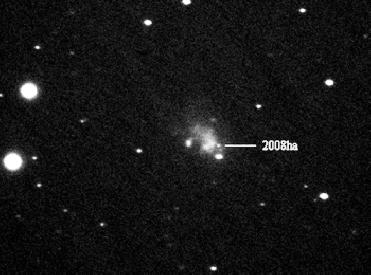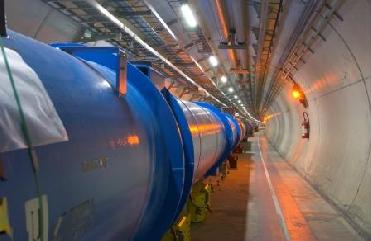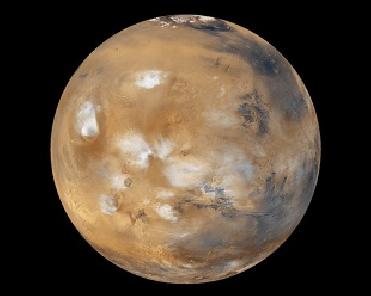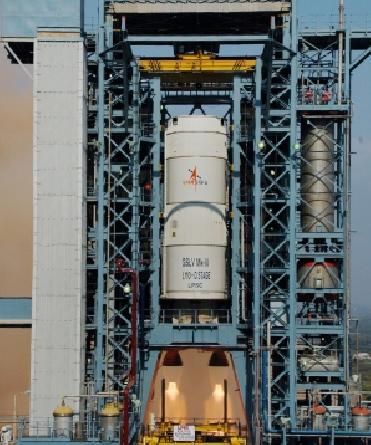
Colour image of supernova SN 2008ha. A file photo
NEW DELHI (BNS): Supernova SN 2008ha is the first dim supernova in which no hydrogen could be detected. This research has been performed by an international team lead by the Italian astronomer Stefano Valenti (Queen's University in Belfast, UK), including scientists from Max Planck Institute for Astrophysics (Germany), the National Institute for Astrophysics (Italy), and various other institutions.
Several scientific journals published the research result. In the SN 2008ha, the dimness and lack of hydrogen leave room for two scenarios for its origin. One possibility is that the progenitor star may have been a moderately massive star in a binary system, which lost its outer layers through the interaction with the companion.
Alternatively, the explosion may be due to a very massive star which shed its envelope through stellar winds and formed a black hole upon core collapse. If the latter scenario should prove to be correct, SN 2008ha may be of particular importance in understanding the connection between supernovae and a group of gamma-ray bursts, according to a Science Daily press release.
Supernovae are among the most energetic and violent events in the universe. They constitute the final tremendous explosions that end the life cycles of stars more massive than approximately 8 times the Sun.
After running out of fuel, the core of such a star collapses and forms a neutron star or a black hole. At the same time, the outer layers are ejected at high velocity (up to 10% of the speed of light) and shine as brightly as billions of stars together.
 Previous Article
Previous Article Next Article
Next Article












The Indian Air Force, in its flight trials evaluation report submitted before the Defence Ministry l..
view articleAn insight into the Medium Multi-Role Combat Aircraft competition...
view articleSky enthusiasts can now spot the International Space Station (ISS) commanded by Indian-American astr..
view article